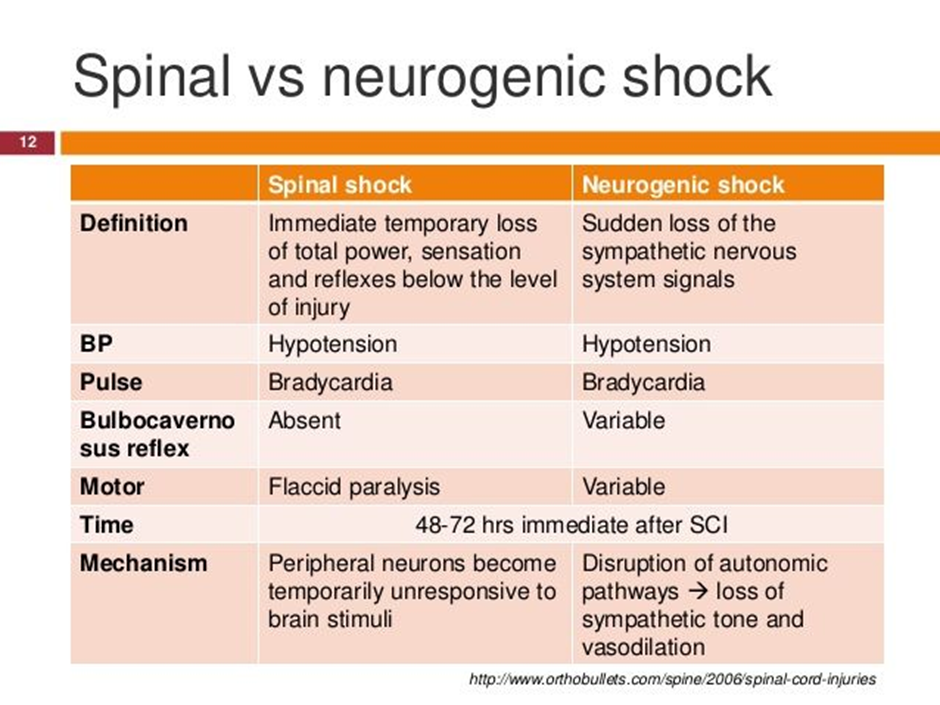A nurse is teaching a group of student nurses about populations at higher risk for multiple sclerosis. Which of the following demographics should be included in the teaching?
(Select All that Apply.)
African American clients
White American clients
East Asian clients
Hispanic or Latino clients
Navajo Indian clients
Correct Answer : A,B,D
Choice A Reason:
African American clients is appropriate. Research suggests that African Americans have a lower prevalence of MS compared to White Americans, but they tend to have more severe disease progression and higher disability rates when diagnosed with MS.
Choice B Reason:
White American clients: Individuals of European descent, including White Americans, have the highest prevalence of MS, particularly those of northern European ancestry. MS is more common in populations of northern European descent compared to other racial and ethnic groups.
Choice C Reason:
East Asian clients: East Asians, including individuals of Chinese, Japanese, and Korean descent, have historically had lower rates of MS compared to individuals of European descent. However, MS prevalence appears to be increasing in East Asian populations, possibly due to changes in lifestyle and environmental factors.
Choice D Reason:
Hispanic or Latino clients: Studies suggest that the prevalence of MS is lower in Hispanic/Latino populations compared to White Americans but higher than in African Americans. However, there is considerable variation in MS prevalence among different Hispanic/Latino subgroups.
Choice E Reason:
Navajo Indian clients: Native American populations, including Navajo Indians, have been reported to have a lower prevalence of MS compared to individuals of European descent. However, limited data are available on MS prevalence and incidence in specific Native American tribes, and more research is needed to fully understand the disease burden in these populations.
Nursing Test Bank
Naxlex Comprehensive Predictor Exams
Related Questions
Correct Answer is ["A","B","D","E"]
Explanation
Choice A Reason:
Sexual intercourse is correct. Stimulation of the genitalia or other areas below the level of injury can trigger autonomic dysreflexia in individuals with spinal cord injuries.
Choice B Reason:
Tight clothing is correct. Any form of tight or restrictive clothing, including belts or waistbands, can stimulate the body below the level of injury and trigger autonomic dysreflexia.
Choice C Reason:
Nausea is incorrect. While nausea itself is not a common trigger for autonomic dysreflexia, it may occur as a result of the condition. Autonomic dysreflexia can cause a variety of symptoms, including nausea, due to the sudden increase in blood pressure.
Choice D Reason:
Surgery below the level of injury is correct. Surgical procedures performed below the level of the spinal cord injury can lead to stimulation of the body below the injury site, triggering autonomic dysreflexia.
Choice E Reason:
Urinary tract infections (UTIs) is correct. Infections of the urinary tract, especially those involving the bladder or urethra, can stimulate the body below the level of injury, leading to autonomic dysreflexia.
Correct Answer is ["B","D","E"]
Explanation
Choice A Reason:
Metoprolol is incorrect. Metoprolol is a beta-blocker medication commonly used to treat conditions such as hypertension, angina, and heart failure. However, in the context of neurogenic shock following a spinal cord injury, the use of beta-blockers such as metoprolol is generally contraindicated. Beta-blockers antagonize the effects of sympathetic activation, leading to a reduction in heart rate and myocardial contractility, which can exacerbate hypotension and bradycardia, the hallmarks of neurogenic shock. Therefore, the nurse would not anticipate a prescription for metoprolol in the management of neurogenic shock.
Choice B Reason:
Lactated Ringers intravenous fluid is correct. Fluid resuscitation with isotonic crystalloid solutions such as lactated Ringers is essential to restore intravascular volume and improve perfusion.
Choice C Reason:
Furosemide is incorrect. Furosemide is a loop diuretic medication commonly used to treat conditions such as heart failure, edema, and hypertension by promoting diuresis and reducing fluid volume. However, in the context of neurogenic shock, the use of diuretics such as furosemide is generally not indicated unless there is concurrent volume overload. Neurogenic shock is characterized by hypotension due to vasodilation and decreased systemic vascular resistance, often leading to relative hypovolemia rather than volume overload. Therefore, administering furosemide could further decrease intravascular volume, exacerbating hypotension and compromising perfusion. As a result, the nurse would not anticipate a prescription for furosemide in the management of neurogenic shock.:
Choice D Reason:
Dopamine is correct. Dopamine is a vasopressor medication that acts to increase vascular tone and blood pressure by stimulating alpha-adrenergic receptors. It is commonly used in the management of neurogenic shock to augment blood pressure.
Choice E Reason:
Epinephrine is correct. Epinephrine is a potent vasopressor that acts on both alpha and beta-adrenergic receptors, leading to vasoconstriction and increased cardiac output. It is used in the treatment of refractory hypotension in neurogenic shock.

Whether you are a student looking to ace your exams or a practicing nurse seeking to enhance your expertise , our nursing education contents will empower you with the confidence and competence to make a difference in the lives of patients and become a respected leader in the healthcare field.
Visit Naxlex, invest in your future and unlock endless possibilities with our unparalleled nursing education contents today
Report Wrong Answer on the Current Question
Do you disagree with the answer? If yes, what is your expected answer? Explain.
Kindly be descriptive with the issue you are facing.
